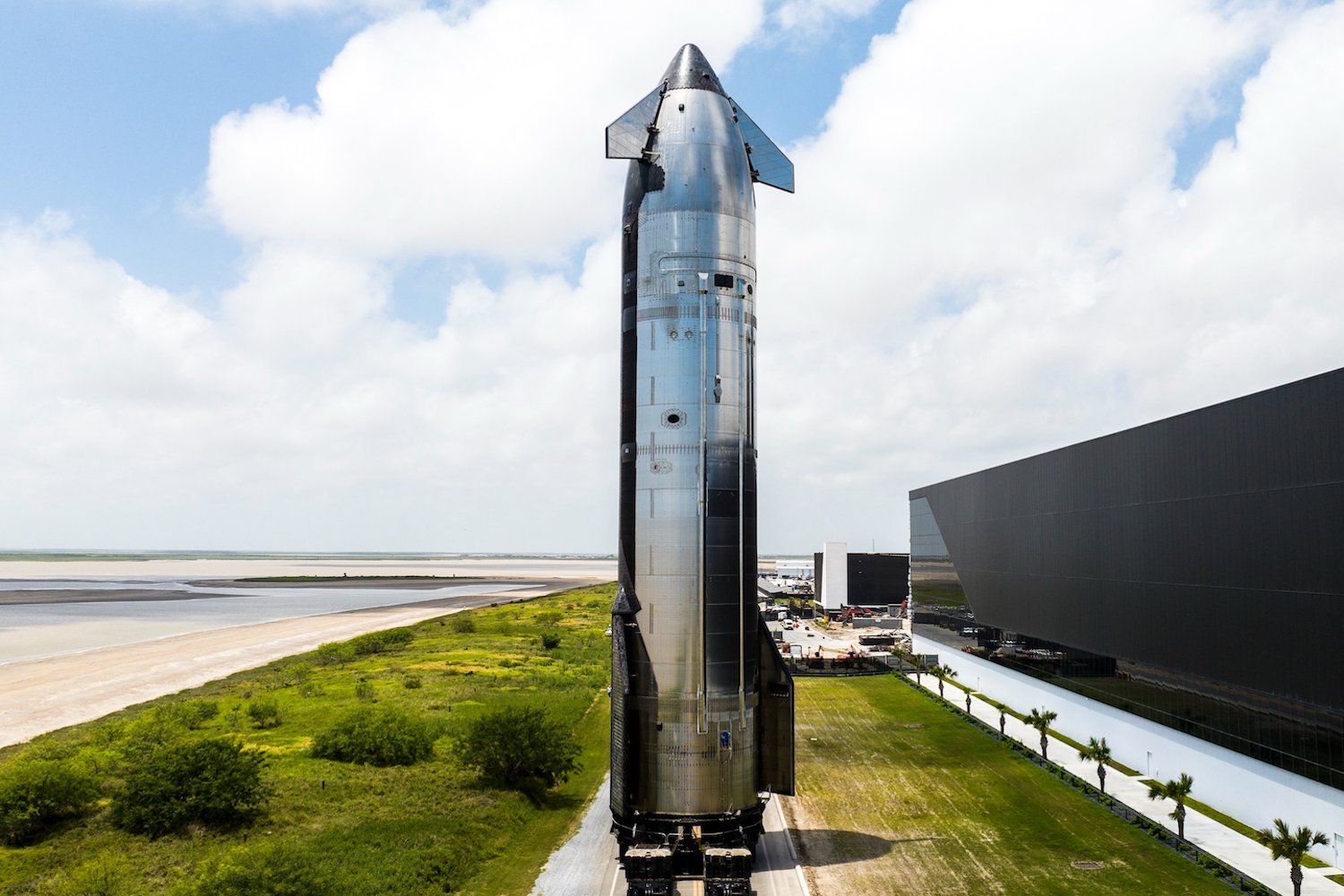All attention is currently fixed on SpaceX as the aerospace giant prepares for Starship’s ninth test flight. Preceding this significant launch, CEO Elon Musk is scheduled to deliver an update on the company’s ambitious SpaceX Mars colonization plans. This pivotal presentation will be livestreamed on SpaceX’s X page and official website, spacex.com, today, commencing at 1:00 p.m. ET. Viewers can also access the live feed via the embedded tweet shared by the company.
The dream of colonizing Mars is the foundational mission driving SpaceX and represents the ultimate objective for its Starship vehicle. In a statement, SpaceX confirmed that Musk will elaborate on “the development work ahead for Starship and how SpaceX will use the world’s most powerful and capable rocket to build a human presence on the red planet over the next decade.” The company also highlighted that the next viable window for a Mars mission launch opens in late 2026.
Watch an update from @elonmusk on SpaceX’s plan to make life multiplanetary
— SpaceX (@SpaceX) May 26, 2025
Starship’s Critical Test and the Martian Timeline
Today’s Starship test flight, slated to launch from Starbase, Texas, at 7:30 p.m. ET, is a watershed moment for the heavy-lift rocket program. The two preceding test flights unfortunately concluded in explosive failures, causing significant delays to the Starship development schedule. For SpaceX to realistically aim for an Earth-to-Mars mission by the end of 2026, a successful outcome from today’s launch is paramount.
Musk’s Vision: Securing Humanity’s Future on the Red Planet
For many years, Elon Musk has passionately advocated for humanity to evolve into a multiplanetary species, primarily to ensure long-term survival. He posits Mars as a vital “insurance policy” for Earth, especially as our home world confronts escalating existential threats such as advanced artificial superintelligence, the specter of nuclear conflict, and engineered global pandemics.
“Becoming multiplanetary is critical to ensuring the long-term survival of humanity and all life as we know it,” Musk emphasized in an X post last September.
While in 2016, Musk estimated a timeframe of 40 to 100 years to establish a self-sustaining Martian colony, his projections have seemingly accelerated. According to The New York Times, he conveyed to SpaceX employees last year his expectation of seeing one million people residing on Mars within the next two decades. This ambition has also caught the attention of political figures, with President Donald Trump expressing interest in Mars missions, potentially influenced by Musk. “We are going to conquer the vast frontiers of science, and we are going to lead humanity into space and plant the American flag on the planet Mars and even far beyond,” Trump stated, as reported by Spaceflight Now, while clarifying it wasn’t his foremost priority.
Overcoming Technical Hurdles: The In-Orbit Refueling Challenge
During his address, many observers will be keen to see if Musk tackles the substantial technical challenges that lie on the path to Mars. A primary concern is the complex process of in-orbit refueling for Starship. To complete the journey to Mars, the rocket must replenish the vast quantities of fuel consumed during its ascent from Earth. This necessitates a sophisticated system where “tanker” Starships transport liquid oxygen and methane propellants to an orbital depot, as detailed by SpaceNews. A Mars-bound Starship would then dock with this depot to refuel before venturing beyond Earth’s orbit.
However, this critical refueling architecture is still far from operational. SpaceX had initially targeted March 2025 for a demonstration of in-orbit refueling, involving two Starships docking and transferring propellants. Persistent delays in the Starship launch program have unfortunately pushed the timeline for this crucial mission back indefinitely.
Navigating NASA’s Lunar Goals and SpaceX’s Mars Ambitions
NASA will be an especially attentive observer of today’s Starship launch. The U.S. space agency plans to utilize Starship for transporting astronauts to the Moon as part of the Artemis 3 mission, currently scheduled for mid-2027. This lunar mission itself was postponed from late 2026, partly due to setbacks within SpaceX’s Starship program, Spaceflight Now reports.
While NASA views a return to the Moon as an essential stepping stone for subsequent Mars expeditions under its “Moon to Mars” initiative, aiming for crewed Mars missions by the 2030s or 2040s, SpaceX—and Musk in particular—appear to operate on a more aggressive and direct timeline. Targeting the late 2026 launch window for an uncrewed mission to the Red Planet would significantly diverge from NASA’s established roadmap.
Anticipating Clarity on an Ambitious Martian Agenda
SpaceX’s detailed ambitions for Mars should gain considerable clarity during today’s highly anticipated presentation by Elon Musk. As it stands, significant questions remain regarding how Starship could feasibly be prepared for a late-2026 Mars launch window. Furthermore, observers are keen to understand how progress towards this accelerated Martian goal might align or conflict with the objectives outlined in SpaceX’s existing contractual obligations with NASA. The space community eagerly awaits Musk’s insights to illuminate the path forward for humanity’s next giant leap.











